This website uses cookies to ensure you get the best experience on our website. By using our website, you consent to our Privacy Policy.
Off Grid
powered by the sun
It was always our plan to make Crandon Farm and The Lark’s Tongue Studio climate positive but we are now generating more electricity than we are using with a large array of solar panels and batteries. We are delighted to say that records made here are powered by the sun!
Here’s how we got there…
Crandon Farm in 2009
When we arrived here thirteen years ago, the farmhouse and barns were in a state of advanced disrepair and the accompanying land was desiccated and compacted. In effect a green desert, poor with plant and insect species diversity. An old dew pond had mostly dried up decades before and was now unable to support the life cycles of most amphibian and fish species, with no aquatic plants. A local farmer grazed his sheep on the land, periodically taking a hay crop.
We decided to let nature take its course. We stopped any hay harvesting and took the sheep off. Over time the land began to recover and then thrive.
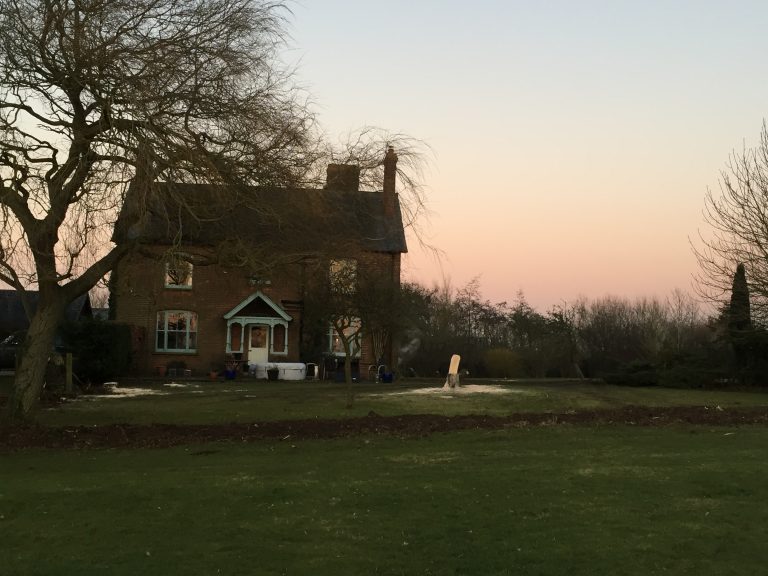
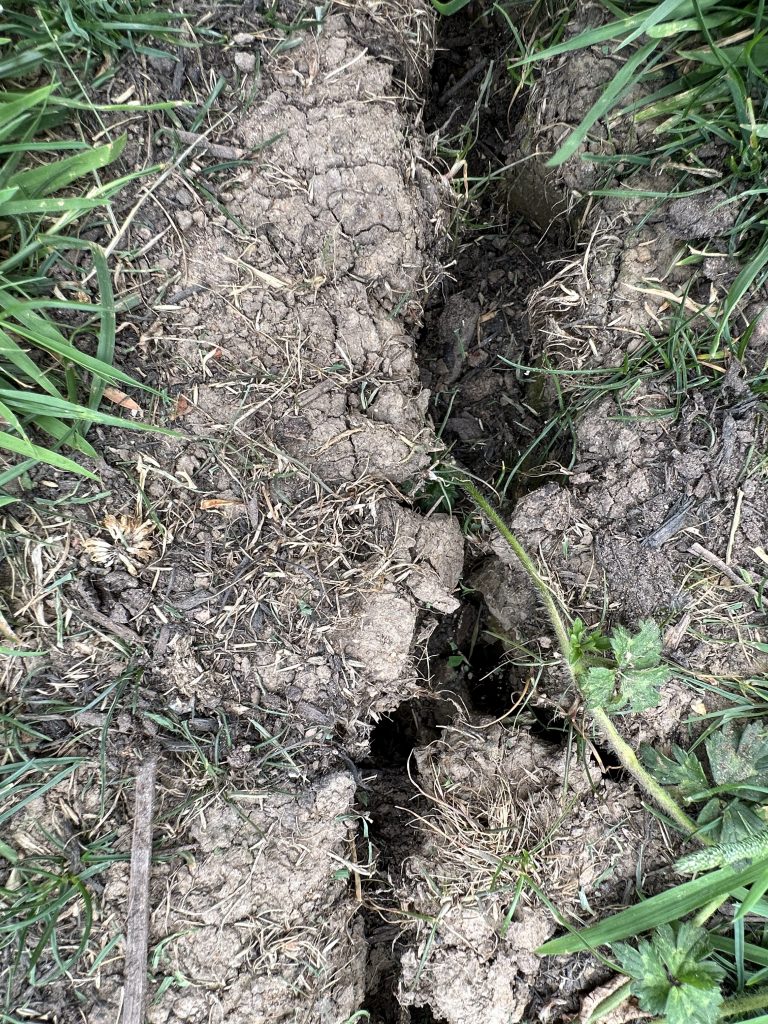
The state of most UK farmed land
Almost all farmed land in the UK is now severely depleted with soil carbon levels often falling to between 1 and 2%. Chemical fertilisers and deep ploughing have reduced the capacity for capturing soil organic carbon. For instance, in this area drawing up the heavy Gault clay from beneath the top soil has resulted in a dry impenetrable barrier preventing deeper grass and wild flower root growth.
Carbon capture
Soil is carbon replete at between 5 and 8% which can be achieved over 10-20 years (with no interference). Each percentage point increase represents 8.5 tons of carbon sequestered per acre: so between 25 and 60 tons per acre over 10 – 20 years (Hawken 2017).Our sequestration will be on the higher end of this scale due to our soil type and considering the 12 acres we have assigned to this project, one can see that these figures are not marginal.
Hawken P (2017). Drawdown. Penguin Books Ltd

Carbon Emissions
During the time we have been at Crandon Farm the increase in soil organic carbon (in other words, captured carbon) due to the land lying fallow could be in the region of 600 or more tonnes. When you consider that the average UK household emits around 2.7 Tonnes of CO2 per year this amounts to in excess of 200 years worth of average household emissions.
We mention these figures in order to draw attention to the crucial need to preserve natural carbon sinks as opposed to endlessly building on greenfield sites and in doing so, creating new carbon sources. Successive governments allow this process because converting fallow or farm land with agricultural value into multi-million pound development sites is like printing money. In fact many new road and rail projects are built across virgin countryside in order to encourage further building in the new transport corridor.
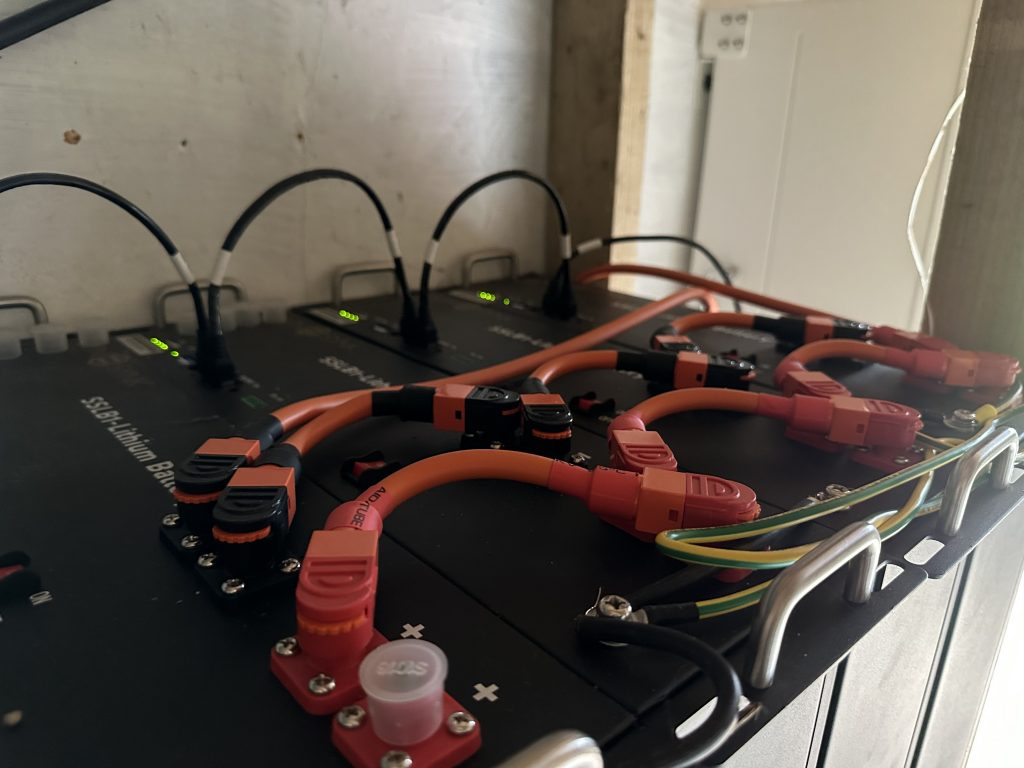
Off grid for Electricity
During March 2023, having comprehensively modelled the shadows and calculated our daily peak consumption we installed a ground mounted 48 panel 20kW solar system. The panels are ground mounted on a clever rocking system that allows the inclination of the panels to correspond with the seasonal changes of the sun’s arc.
The overall system is configured to prioritise the house and studio, and then charge a 22kWh battery bank. If our consumption on site at any time exceeds the generating capacity of the array then the system will flip over to batteries in order to maintain an uninterrupted supply. Since the system was commissioned in early April, we have been physically disconnected from the grid, but in the future we intend to export excess energy and then buy back during particularly gloomy, short winter days. Currently we are generating more energy daily than we use in a day during the winter months.
The next step here is to work towards an inter-seasonal battery that can store much larger amounts of energy over extended periods of time. Ideally we’d choose to keep all generated energy on site.
Crandon Farm Conservation Scheme
The land has different managed habitats, so for instance, the top field is mown by solar powered robots with a blade height that allows wild flowers to flourish and not be crowded out by tall grasses. Red and white clovers serve as nitrogen fixing agents further improving soil structure and root health. All hedges have been allowed to naturally widen which provides cover for nesting songbirds, deer, foxes etc. We allow two thirds of the grassland to go to seed so allowing ground nesting birds to fulfil a nesting cycle without interference. Long grass regions abut shorter areas to allow wild animal grazing.
We returned the pond back to its natural state and organised a system of solar powered pumps to abstract water from an adjacent stream to compensate for evaporation. A more constant year-round water level has seen an explosion of wildlife not seen there before. The pond, now abundant with fish and frogs, attracts egrets, herons and otters, alongside countless dragonflies (as pictured).
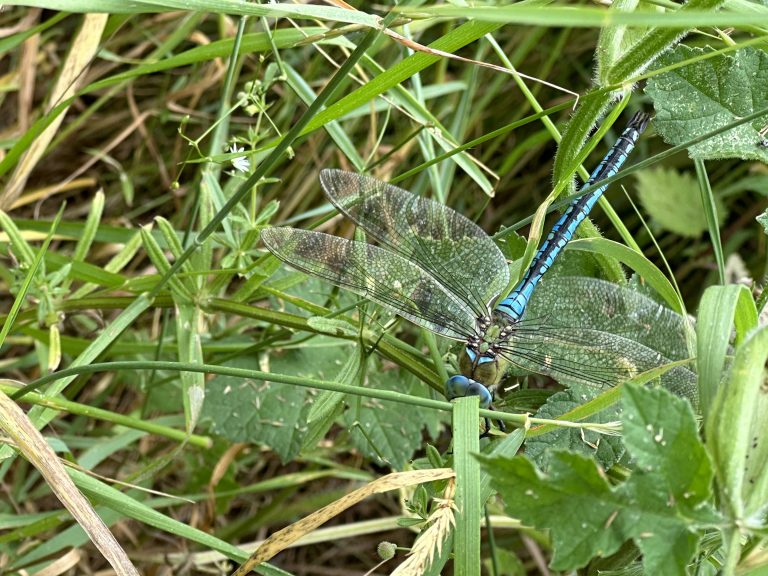
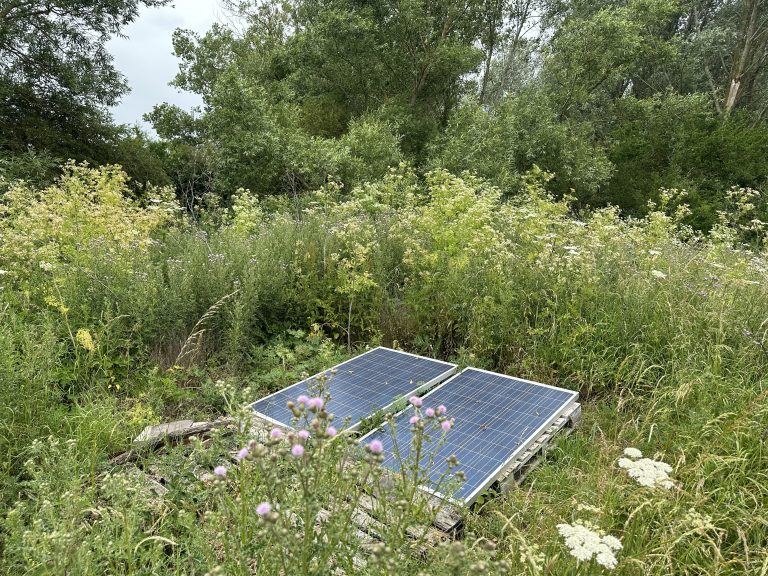
What can you do?
Try to use companies that directly contribute to carbon capture and conservation rather than companies that either do nothing at all or use carbon offsetting to mask otherwise harmful activities.
Don’t fly from London to LA for a meeting that can be done over zoom.
Improve household insulation and where possible reduce reliance and consumption of fossil fuels.
Do not pave over town gardens and lawns or replace lawns with Astroturf (we really shouldn’t have to say that).
Get solar panels. Even small roof mounted solar panels can make a difference. Roughly every kWh generated by solar saves 1kg of CO2 emissions from electricity derived from fossil sources.
Any available land left uncultivated captures carbon in the decomposing biomass from this years growth as well as drawing carbon underground into the soil surrounding the root system. If you have land, leave as much of it to nature as you can.
Encourage your local authority, town or village community to plant trees and manage land with an eye to mixed foliage and habitat with limited human interference.
Use a robot mower on lawned areas – they take away the hard work, don’t use diesel, can be run on just 1 or 2 solar panels (pictured) and mulch all the grass back into the ground. They can also be set to avoid cutting low level wild flowers.
